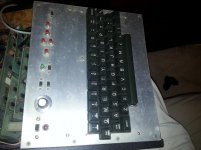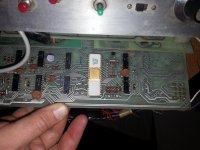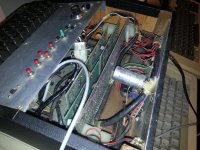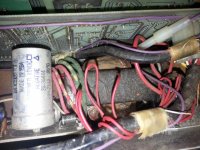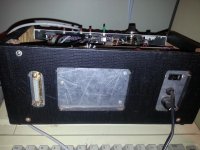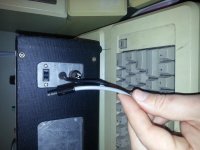falter
Veteran Member
My TVT II arrived today. Wow. This thing is neat. Easily the oldest computing item I have right now. And slightly different than the other TVT II's I've seen online. One of the ICs is white ceramic, there are a couple of empty spaces on that same PCB where others have a couple of chips, and the keyboard appears to be a slightly different model than what was commonly used. Still amazing to have something like this in my possession of years of reading about 'build it yourself PCs'. Now if only a real Don Lancaster TVT would show up. But I have a feeling that would be a LOT more money.  I don't know if I dare power it up. There are no broken wires or anything. However what I assume is the video feed wire has a little earphone-style connector on it. Not sure exactly how it interfaces with a TV or monitor? (or did old monitors have that sort of jack instead of/in addition to an RCA jack?
I don't know if I dare power it up. There are no broken wires or anything. However what I assume is the video feed wire has a little earphone-style connector on it. Not sure exactly how it interfaces with a TV or monitor? (or did old monitors have that sort of jack instead of/in addition to an RCA jack?


